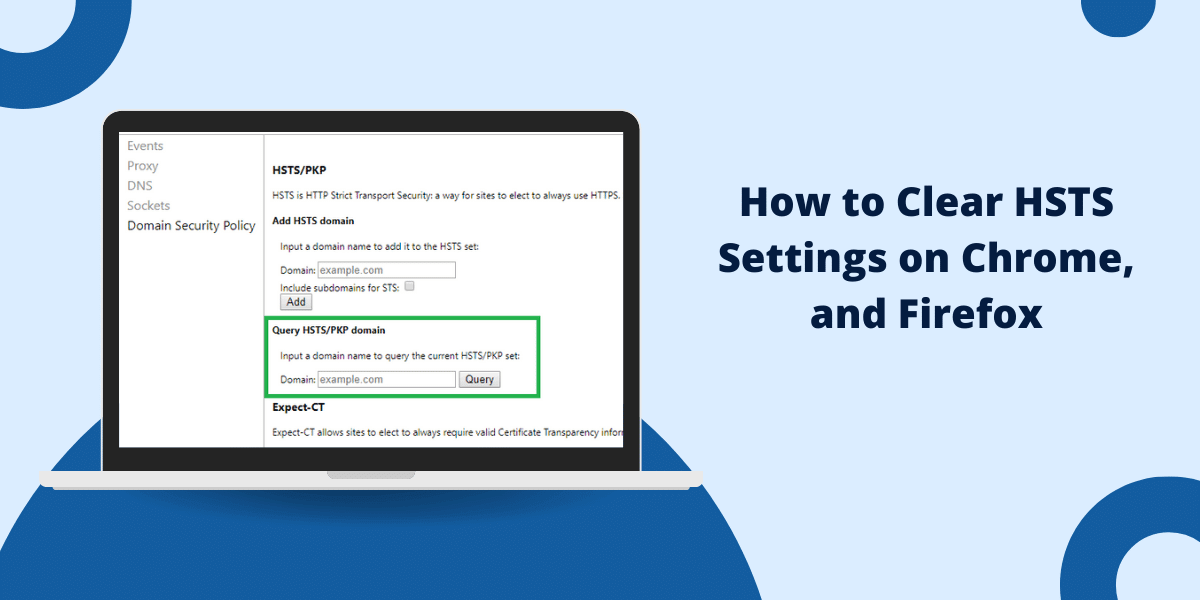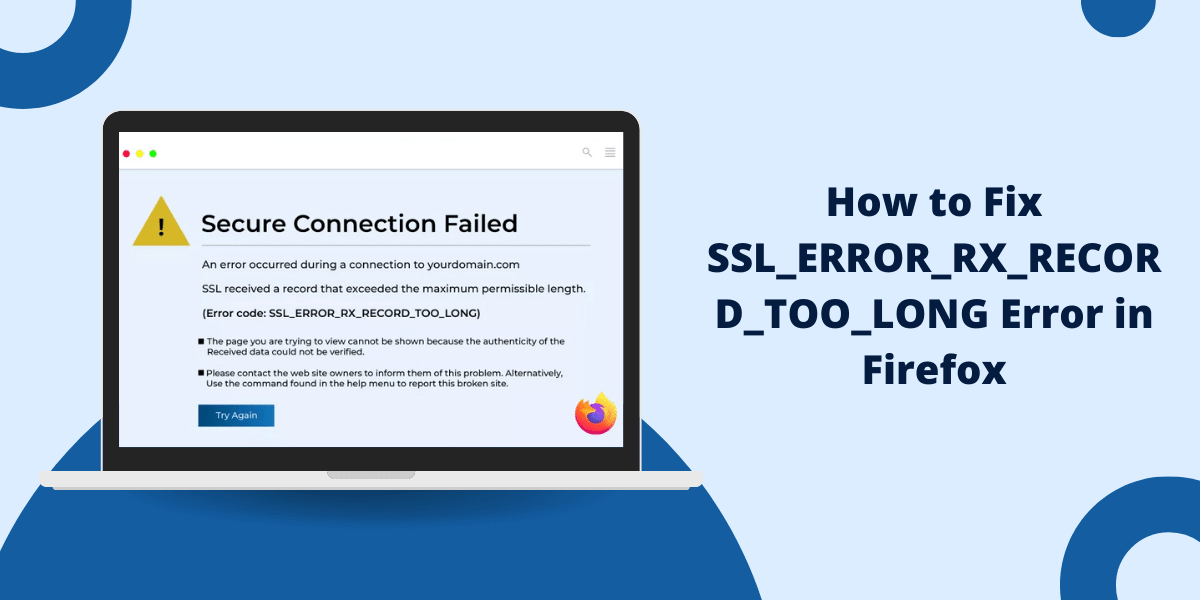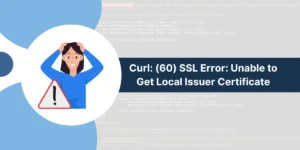Your Mac displays an “Invalid Certificate” error when it fails to authenticate website security certificates. You can resolve this error by following these easy procedures. Check your Mac’s date and time settings to confirm they match the correct values. Clearing your browser cache together with its cookies will resolve the issue. If your macOS and browser remain outdated you should update them to the latest versions.
Users can resolve website security issues by creating exceptions through their browser configuration. The problem should disappear when you switch browsers or check if your antivirus program is interrupting the connection. These solutions function across Safari and Chrome as well as other browser platforms on Mac systems.
Why Am I Seeing an “Invalid Certificate” Error on Mac?
The error message shows up in the following situations:
- The website’s SSL certificate is expired or self-signed.
- Your Mac’s date & time settings are incorrect.
- The certificate is blocked by Keychain Access.
- The browser or operating system fails to recognize the Certificate Authority (CA) that issued the certificate.
How to Fix the Invalid Certificate Error on Mac [5 Quick Solutions]
- Check Your Mac’s Date & Time
- Trust the Certificate in Keychain Access
- Update macOS & Browser
- Clear Browser SSL Cache
- Temporarily Disable Firewall & Antivirus
1. Check Your Mac’s Date & Time
An incorrect system date can trigger certificate errors.
- Click the Apple menu () and select “System Settings“
- Navigate to “General” → “Date & Time“
- Ensure “Set date and time automatically” is enabled
- If automatic setting fails:
- Manually set the correct date, time, and timezone
- Consider changing the time server to apple.comor time.google.com
- Restart your Mac to ensure changes take effect
2. Trust the Certificate in Keychain Access
Adding Trust to a Problematic Certificate:
- Open Keychain Access (Finder → Applications → Utilities)
- In the left sidebar, select either:
- “Login” Keychain (affects only your user account)
- “System” Keychain (affects all users)
- Choose the “Certificates” category
- Locate the problematic certificate (search by website name or issuer)
- Double-click the certificate to open its details
- Expand the “Trust” section
- For “When using this certificate,” select “Always Trust”
- Close the window and enter your admin password when prompted
- Restart your browser or application
Removing Problematic Certificates:
- In Keychain Access, locate the suspicious certificate
- Right-click and select “Delete [certificate name]”
- Confirm deletion when prompted
- Empty the Keychain Access trash (Keychain Access → Preferences)
3. Update macOS & Browser
Apple frequently updates the list of trusted certificate authorities.
Update process:
- For macOS:
- Go to Apple menu → System Settings → General → Software Update
- Install all available updates
- For Web Browsers:
- Safari updates with macOS
- Chrome: Chrome menu → About Google Chrome
- Firefox: Firefox menu → About Firefox
- For other applications:
- Check in the app’s preferences or help menu for updates
4. Clear Browser SSL Cache
For Safari:
Clear website data:
- Safari → Settings → Privacy → Manage Website Data → Remove All
Reset Safari completely:
- Safari → Settings → Advanced → Enable “Show Develop menu“
- Develop menu → Empty Caches
For Google Chrome:
Clear SSL state:
- Type chrome://net-internals/#hsts in the address bar
- Under “Delete domain security policies,” enter the problematic domain
- Click “Delete“
Reset Chrome settings:
- Chrome → Settings → Reset settings → Restore settings to original defaults
For Firefox:
Refresh Firefox:
- Type about:support in the address bar
- Click “Refresh Firefox“
Manage certificates:
- Options → Privacy & Security → Certificates → View Certificates
5. Temporarily Disable Firewall & Antivirus
Security software may block valid certificates.
- Go to System Settings → Network → Firewall (toggle off briefly).
- If using third-party antivirus, pause protection and retry.
Advanced Troubleshooting Techniques to Resolve “Invalid Certificate” Error on MAC
1. Inspecting Certificate Details
- When the error appears in Safari, click “Show Certificate”
- Note:
- Issuer information
- Expiration date
- Certificate chain
- Verify these details match what you expect from the website
2. Terminal Commands for Certificate Management
View installed certificates:
security find-certificate -a -p /Library/Keychains/System.keychain > certificates.pem
Remove a problematic certificate:
sudo security delete-certificate -Z [CertificateSHA1Hash] /Library/Keychains/System.keychain
Reset the entire certificate trust settings:
sudo rm /Library/Keychains/*.keychain
Warning: This is a nuclear option – back up first!
Creating Certificate Exceptions
For development environments, you can create permanent exceptions:
- When the error appears, click “Continue” to temporarily proceed
- In Safari: Develop → Show Web Inspector → Resources → View Certificate
- Export the certificate and add it to your Keychain as trusted
Final Thoughts
The process of handling invalid certificate errors on your Mac requires both security awareness and productivity maintenance because knowing their causes leads to effective solutions. Users with different technical abilities can select from basic date adjustments to complex certificate management solutions to handle their certificate issues.
You should be cautious when dealing with unknown websites that display certificate warnings because bypassing these alerts is only safe in controlled environments when handling sensitive information.
FAQ: Common Questions About Mac Certificate Errors
What causes an invalid certificate error on Mac?
Invalid certificate errors occur when your Mac cannot verify a website’s security certificate. This happens due to expired certificates, incorrect system time settings, or outdated browser software. Your Mac shows this error to protect you from potentially unsafe websites.
How do I get rid of certificate error on Mac Safari?
Open Safari Preferences and select the Privacy tab. Click “Manage Website Data” and remove data for the problematic website. Clear your browser cache and restart Safari. If the error persists, check if your Mac’s date and time settings are correct.
Why does my Mac say certificate is not valid?
Your Mac displays this message when the website’s SSL certificate has expired or is not issued by a trusted authority. The error also appears if your system clock shows incorrect time or date. Malware infections can sometimes trigger certificate warnings.
How do I fix security certificate problems?
Update your Mac’s operating system to the latest version. Install current browser updates. Check your system date and time settings. Clear browser cache and cookies. If needed, remove and reinstall browser certificates through Keychain Access.
How do I bypass invalid certificate on Mac?
Click “Show Certificate” when the error appears. Select “Always Trust” for that specific website. Enter your administrator password to confirm. Remember that bypassing certificate warnings can pose security risks for unverified websites.
How do I update certificates on Mac?
Open Keychain Access from Applications > Utilities. Select “System Roots” certificate category. Click “Update Certificates” from the File menu. Your Mac will download and install current certificates from Apple’s servers.

Priya Mervana
 Verified Web Security Experts
Verified Web Security Experts
Priya Mervana is working at SSLInsights.com as a web security expert with over 10 years of experience writing about encryption, SSL certificates, and online privacy. She aims to make complex security topics easily understandable for everyday internet users.



